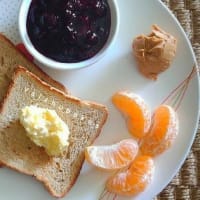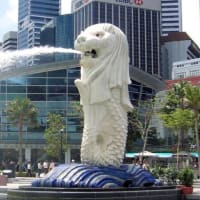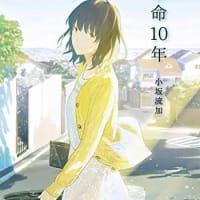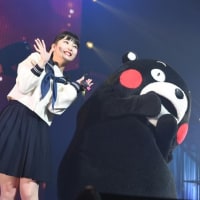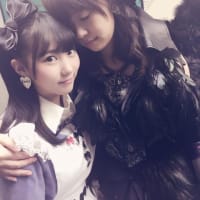
Some inquiries have been submitted to me by not a few teachers whose native tongue is English; May I use Japanese in my lessons when some kids seem not to understand my explanation or directions in English? I would like to write my opinion and a guide line upon this matter.
The Guide-Line:
Considering “the critical / marginal period of acquisition of a certain language”, the teachers should basically use only English in class for kids who are 9 years old or younger. On the contrary, for 10 years old kids or older, the teachers may give them directions and explanations in Japanese as long as they like this lesson style (No doubt, using Japanese explanation and direction for such elder students may make your lesson easier but it may not necessary be more effective). You should decrease the frequency of Japanese in class even for children over 10.
The reason for the Guide-Line:
I believe that no one can make perfect guide-lines in language education on any issue. Moreover it is very difficult to determine the merits and demerits of using only English in an English lesson; the effect and limitation of using the “Direct Method” in ESL programs. I strongly believe that an understanding of Japanese can make you more effective teachers, but we must consider very carefully the overall effect of the students knowing that you speak and understand Japanese.
If you have good Japanese proficiency, please make use of it to attend to students needs in your lesson through Japanese, but basically you should not use Japanese for younger kids’ classes (If you do use Japanese you have to be 110% sure that you are giving the correct information). An incorrect translation can be more confusing than merely not understanding.
When you realize through Japanese that your 3-4 years old students cannot understand “fruit”, rather than reverting to Japanese, I recommend adopting certain techniques. For example, if they don’t understand the difference or relation between the concept of “fruit” and each concept of its elements (“an apple”, “a banana”, “a pineapple”, or “an orange”), please use flash-cards. Saying “fruit”, and have the students say “fruit” many times with many combination of flash-cards of different fruit.
In general most mothers and students expect to speak and hear English more and more at a kids’ English school. In the long run, speaking English to a native English speaker (in this case, you the kids’ English school teacher) as much as possible, is the royal road to increasing English speaking ability. We would like to meet their expectations. Not only do most of the students and their parents need to improve their communication skill in English efficiently, but they also require a kids’ English school to give evidence of improvement.
Considering these factors, the efficiency of using Japanese for older kids must be considered especially from a short term point of view. Moreover, I believe some English Test (Jido-Eiken or TOEIC Bridge) preparation courses that are taught by Japanese teachers are useful. Taking such preparation courses is strongly recommended on account of the limitations of the “Direct Method“. The guide-line mentioned above also takes into account to solve the limitations and merits of the “Direct Method“.
ブログ・ランキングに参加しています。
応援してくださる方はクリックをお願いします
↓ ↓ ↓
にほんブログ村 英会話ブログ










